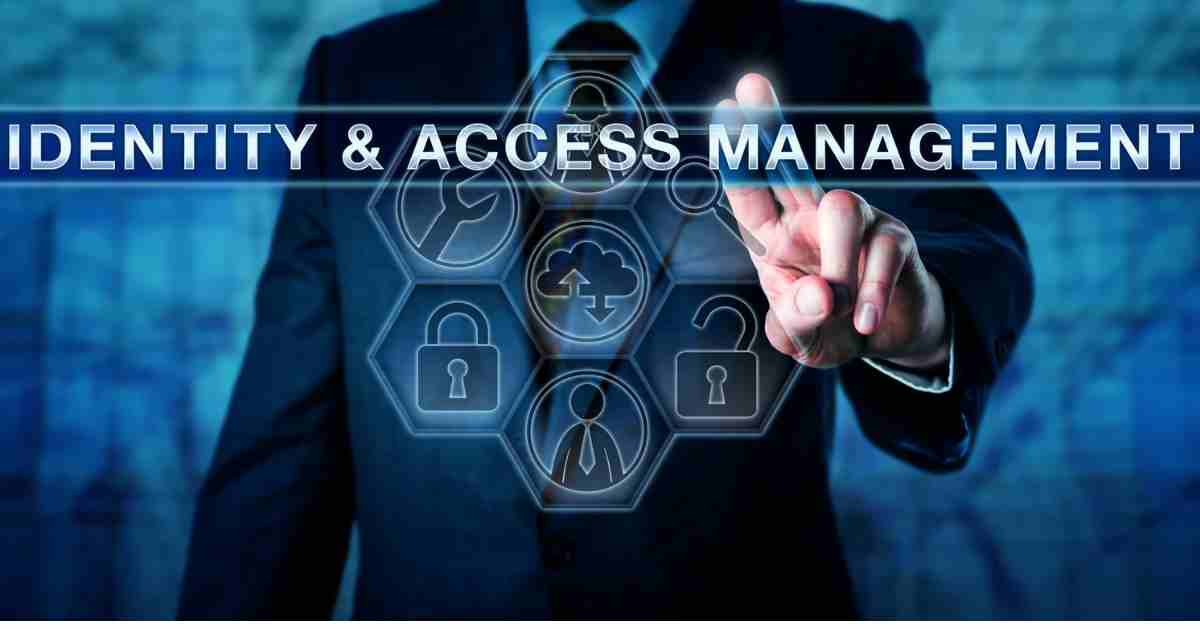Mastering Identity and Access Management for Secure & Scalable Systems

Identity and access management tools can help control your company’s user accounts, IP addresses, data, servers, and other valuable resources. Take a look at the three ways these tools can improve your organization by understanding what they’re all about, as well as offering suggestions about using them. Check motives of implementing identity and access management services, also the benefits of such services, risks involved in not doing so, and finally get advice on how to get started with identity and access management systems.
What is Identity and Access Management
Identity and access management services help businesses protect their customer’s identities and safeguard their access to resources. By creating and enforcing policy, organizations can manage who can access what, when, and how. Identity management enables organizations to protect the identities of their employees, customers, partners, and others who need access to their systems. Access control policies can restrict who can view which information, use which tools, or contact whom.
Identity and access management technologies can help businesses deploy strong security measures by identifying risks and reducing the number of unauthorized users accessing company resources. Furthermore, these technologies often provide reporting features that allow administrators to track user activity and identify potential security threats.
Business Uses of Identity and Access Management
Identity and access management (IAM) is a technology that helps organizations manage and protect the identities of their employees, customers, and other authorized individuals.
Benefits of using IAM include decreased security risks, fewer compliance headaches, and improved overall business efficiency.
IAM technologies can help you secure user data, reduce downtime and fraud, and improve website accessibility for people with disabilities.
User data security is one of the primary benefits of IAM. By automatically identifying users, an organization can ensure that only authorized individuals have access to sensitive information.
This protects data from being compromised by unauthorized users, potentially avoiding costly fines or lawsuits. In addition, by verifying user identities against regulatory requirements such as PCI DSS, an organization can ensure that its data is compliant with industry standards.
Data integrity is another key benefit of IAM. By tracking changes to data throughout the lifecycle – from creation to disposal – an organization can identify and remedy any errors or mistakes early on, minimizing damage caused by lapses in security. Identity management is a key part of many business operations, including but not limited to authentication, authorization, accounting, risk management, human resources, and data governance. Identity and access management can help your business meet these needs while keeping your assets safe and secure.
IAM systems can include:
-Access Control Lists (ACLs): An ACL defines who is allowed to access specific files or resources on a networked system. ACLs can be based on user credentials, group membership, or other factors.
-File Authorization: File authorization controls whether users are allowed to open, view, or edit files in specific locations on the network.
-Authentication and Authorization Management: Authentication and authorization
One of the most important aspects of running a business is protecting your assets. Managing these assets means keeping track of who has access to what, and when. Identity and access management (IAM) can help with both tasks by providing a centralized system for managing user credentials.
The benefits of Identity and Access Management go beyond managing user access. Identity and Access Management can also help prevent unauthorized access to confidential data, help trace fraud, and even protect against cyberattacks. In short, IAM provides the framework for securing your business from all angles.
How Identity and Access Management can help your business:
1. Prevent unauthorized access to sensitive data: Data theft is one of the biggest threats to businesses today, and identity and access management can play an important role in mitigating the damage caused by fraudsters and hackers. By using strong authentication tools and keeping track of who has access to which areas of your data, you can limit the damage that can be done in case of a breach.
2. Track fraud activities: Fraudsters are constantly looking for new ways to steal money from businesses, so it’s important to have systems in place that can track suspicious activity down to the individual level.
The Future of Identity and Access Management
ID and access management are critical components of today’s business. Not only do they help protect your company’s confidential data, but they keep employees organized and compliant with security policies. In this blog section, we’ll talk about why identity and access management are so important, what types of solutions are available, and how to choose the best one for your business.
Conclusion
Identity and access management (IAM) is a technology solution that helps organizations manage who can access their data, applications, and systems. By understanding who has access to what, businesses can ensure that only authorized individuals have physical or virtual access to the information they need to do their jobs. Additionally, Identity and Access Management solutions can help monitor and enforce compliance with policies governing data handling and confidentiality.






